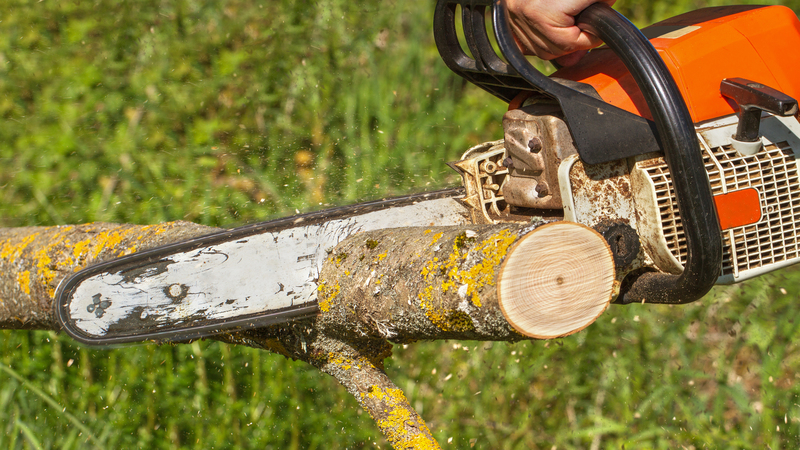Property owners sometimes find odd bumps on the leaves of oak and maple trees and worry whether these unattractive developments are harmful to the tree. An Arborist in Westport, Connecticut can evaluate the health of all the trees on a homeowner’s or business owner’s lot and provide information about disfigurements known as galls. Fortunately, galls do not mean a tree is sick, even if the bumps detract from its appearance to a certain extent. The galls are usually caused by insect activity; some develop because mites are eating the leaves and others develop because insects have laid eggs inside the bumps.
The maple leaf galls are tiny, while oak leaf galls can be as small as pencil erasers and as large as 2 inches around. The red and green bumps on the maples develop as a stress response when leaves are irritated by mites. Although mites may feed on the leaves, the amount they eat is typically minimal and barely noticeable. Oak leaf galls are due to wasp infestations; wasp-caused galls can develop on oak twigs as well.
A company such as Northeast Horticultural Services will point out other insect infestations that the property owner may not have seen. Galls on spruce trees, for instance, indicate that aphids have taken up residence and have laid eggs there. These egg houses are not as obvious because they look like a small overgrowth on the end of a spruce branch where some needles have died off.
The property owner may find the changes to the tree appearance distressing and ask about spraying. An arborist in Westport Connecticut usually does not want to spray an affected tree with pesticide, as that will kill beneficial insects and can be harmful to the local ecosystem. In addition, any eggs or larvae inside the galls are shielded from insecticides. The tree service technician may advise the homeowner to promptly rake fallen leaves and burn or otherwise dispose of them. If the tree only has a small amount of galls, pruning is an option that the arborist can do for the property owner. Oftentimes, the problem disappears within a few years, as natural insect predators such as bats and birds deplete the population.



